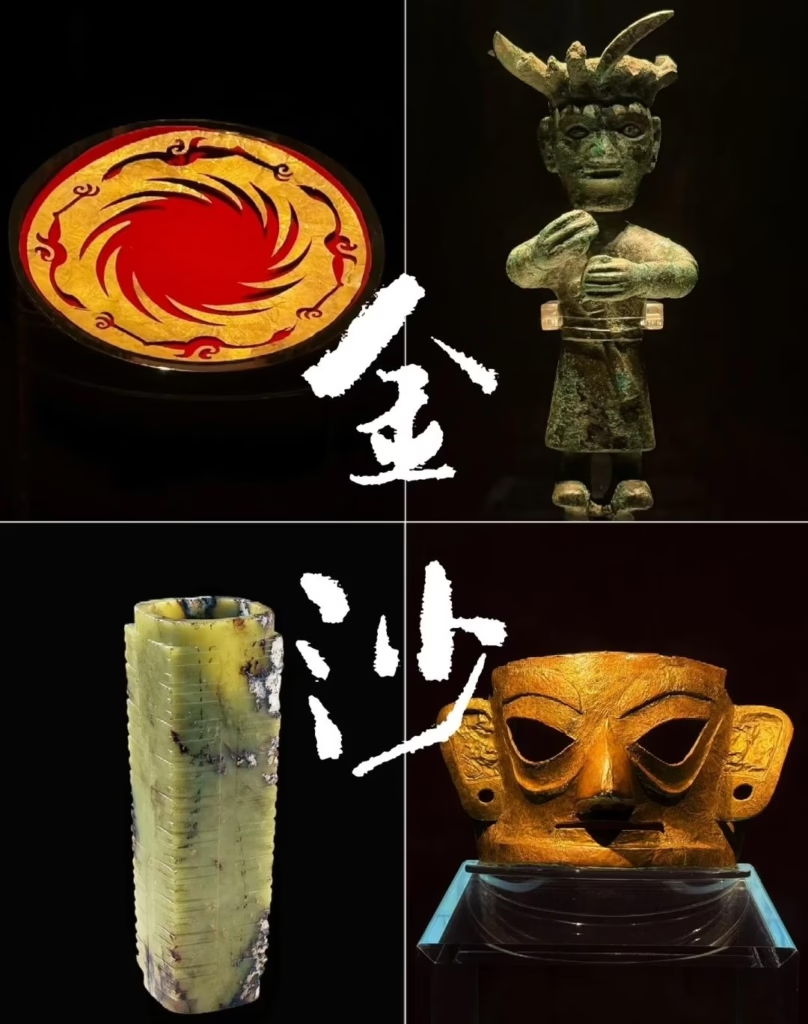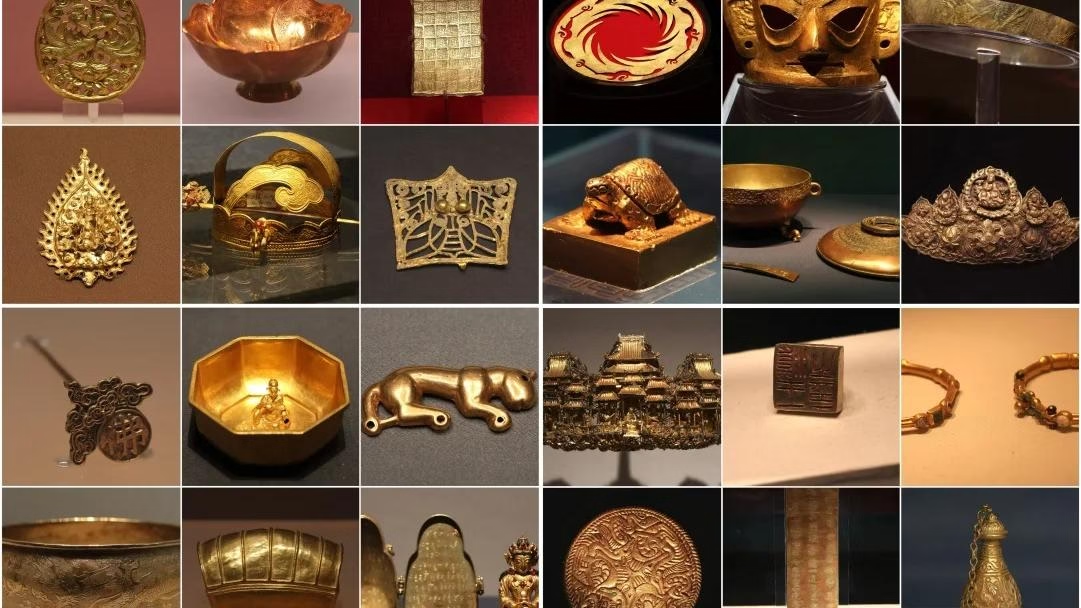The Jinsha Site Museum in Chengdu is home to some of the most extraordinary artifacts from ancient China, showcasing the rich culture of the Ancient Shu civilization. Among its vast collection, four treasures stand out as national icons, each with a unique story and profound cultural significance. Whether you’re a history enthusiast or a casual visitor, these masterpieces are must-sees that bring ancient myths and craftsmanship to life. Read on to learn about these treasures and tips for your visit!
Visitor Information
- Tickets: ¥70 per person
- Hours: 9:00–18:00 (last entry at 17:00). During holidays, the museum stays open until 21:00, with performances starting at 19:30.
- Transportation: Take Metro Line 7 and exit at Jinsha Museum Station (Exit C). The station itself features a Jinsha-themed design!
- Guided Tours: Official audio guides are available at the Visitor Center (left of the entrance). Cost: ¥20 per person, including headphones. The tour lasts about one hour.
- Cultural Gift Shop: Located on the basement level (-1F).
1. Sun and Immortal Birds Gold Ornament (Hall 4)
This exquisite gold artifact is one of Jinsha Museum’s most iconic treasures. The round ornament features:
- Inner Layer: Twelve evenly spaced, radiating sunbeam patterns.
- Outer Layer: Four identical birds flying counterclockwise around the sun.
The design embodies the ancient myth of “Golden Crows Carrying the Sun,” a symbol of the Ancient Shu people’s reverence for the sun and the cycle of life. This artifact is so significant that it has become a national symbol of China’s cultural heritage and is one of the 195 relics prohibited from being taken abroad for exhibition.
2. Golden Mask (Hall 4)
Known as the “Majestic Mask,” this life-sized golden artifact exudes power and dignity. Its square-shaped face with a stern expression is reminiscent of the bronze masks from Sanxingdui. The mask’s style reflects the Ancient Shu people’s unique artistry and is the largest and most well-preserved golden mask ever discovered in China.

3. Bronze Standing Figure (Hall 4)
This small bronze figure bears striking similarities to Sanxingdui’s famed standing figures while showcasing unique features:
- Posture: Hands clasped hollow at chest level, as though once holding a sacred item.
- Headgear: A headdress with 13 spirals resembling the Sun and Immortal Birds motif.
- Accessories: A scepter tucked into his waistband and bracelets on his wrists.
The figure’s intricate details suggest he may have been a shaman or a Shu king, presiding over grand rituals with offerings to the sun.
4. Jade Cong with Ten Sections (Hall 4)
This jade artifact dates back to the Neolithic period and is made of smooth, green jade. Its structure is distinctive:
- Shape: Inner circular tube with a square outer body, forming a long column with ten sections.
- Carvings: Forty human faces and a dancing figure, likely a depiction of a shaman during a ceremonial ritual.
This piece shows influences from Liangzhu culture and Dongyi culture, suggesting it may have traveled through regions like Shandong before arriving in the Ancient Shu area.

